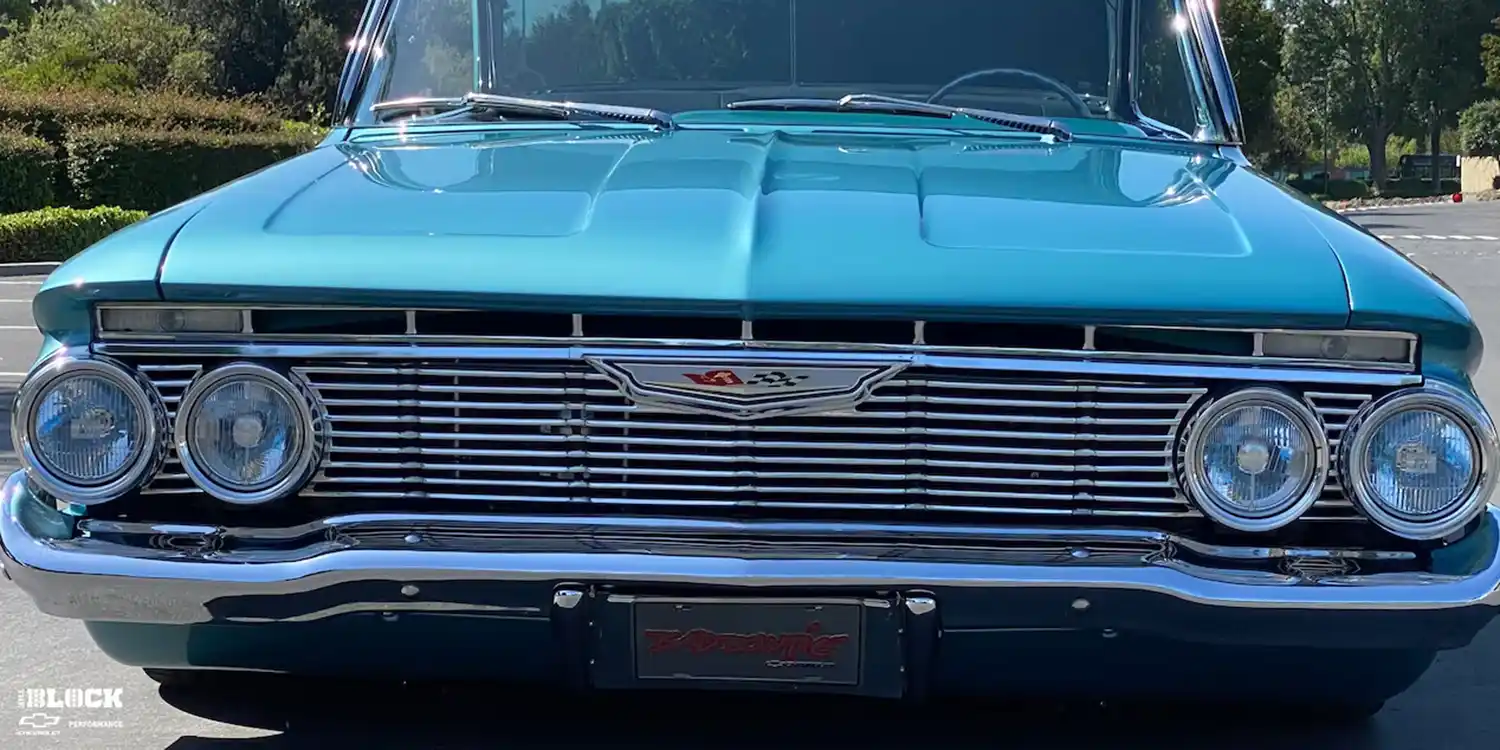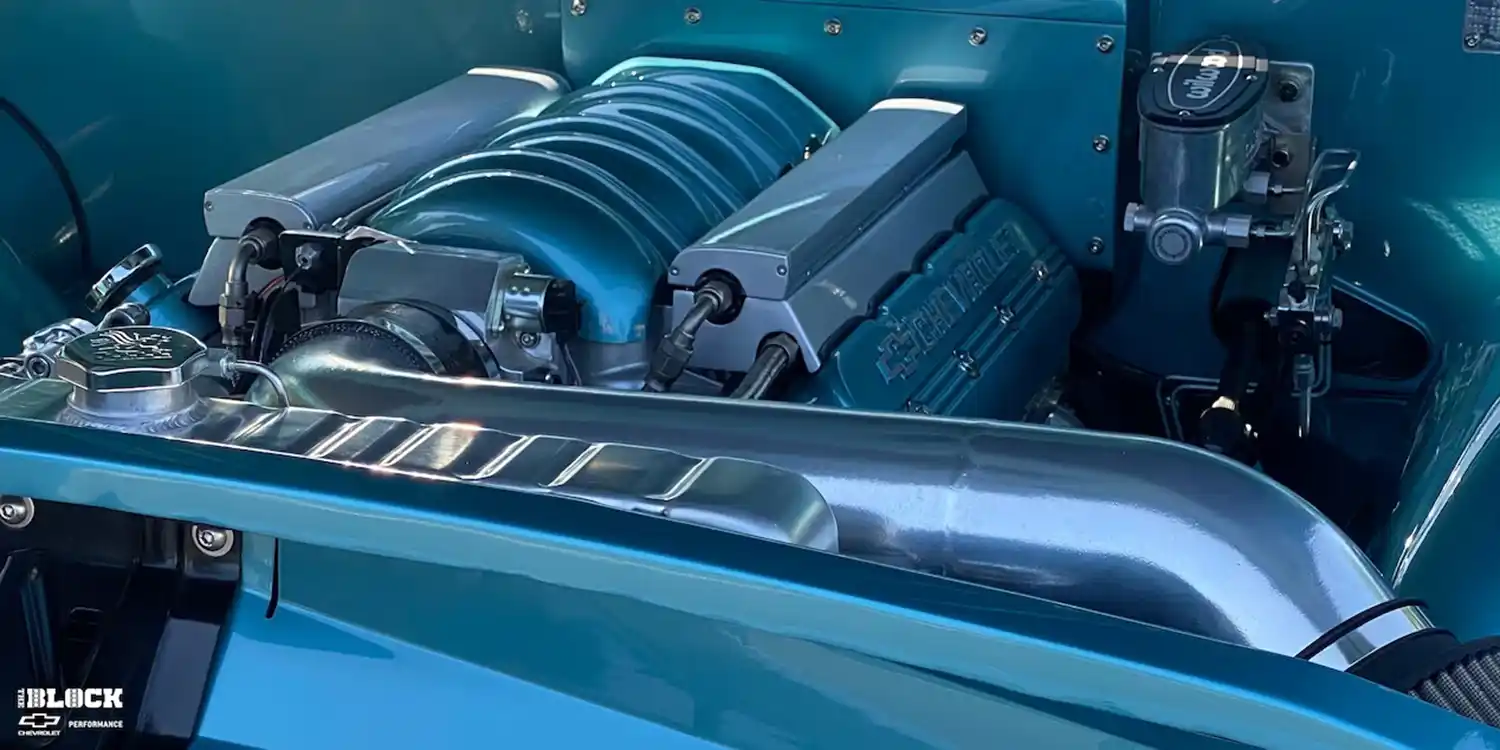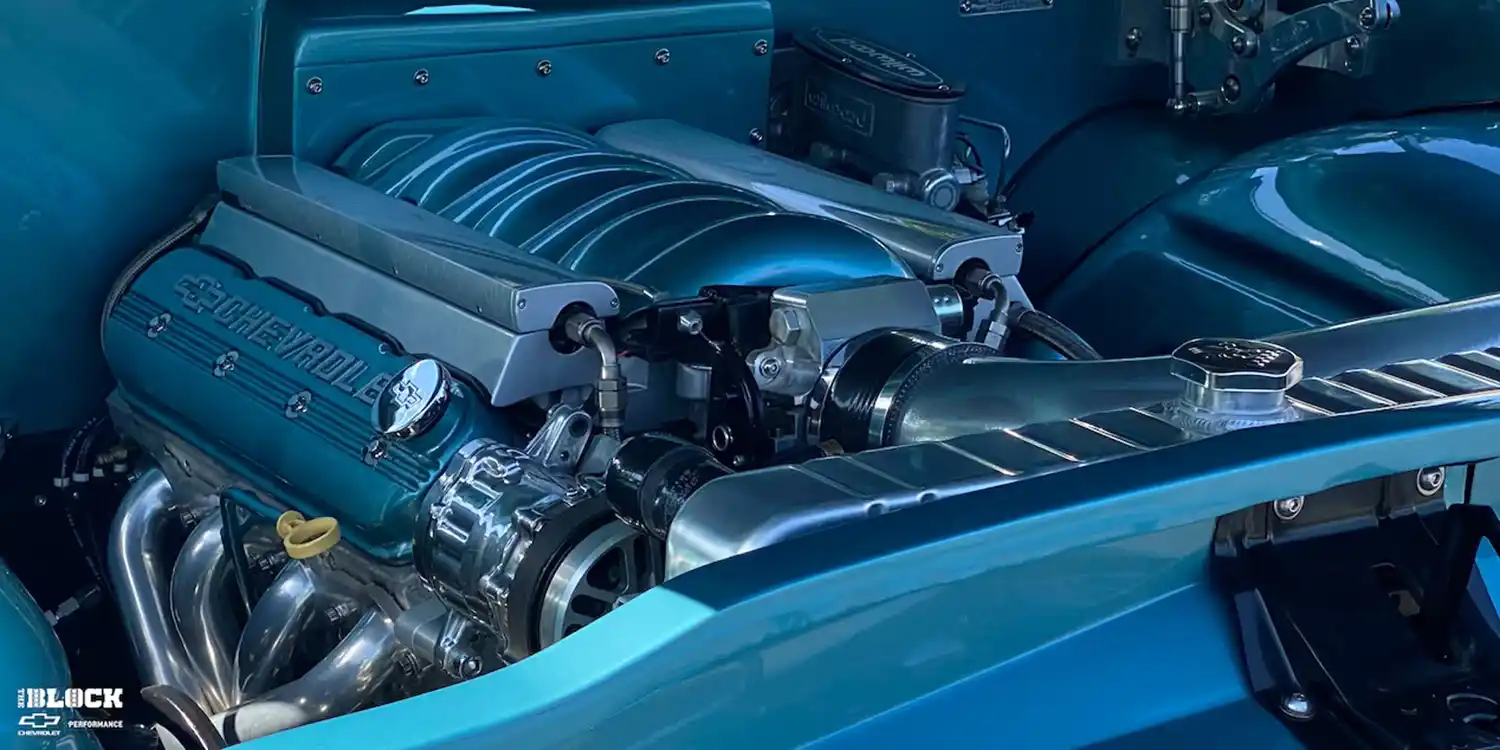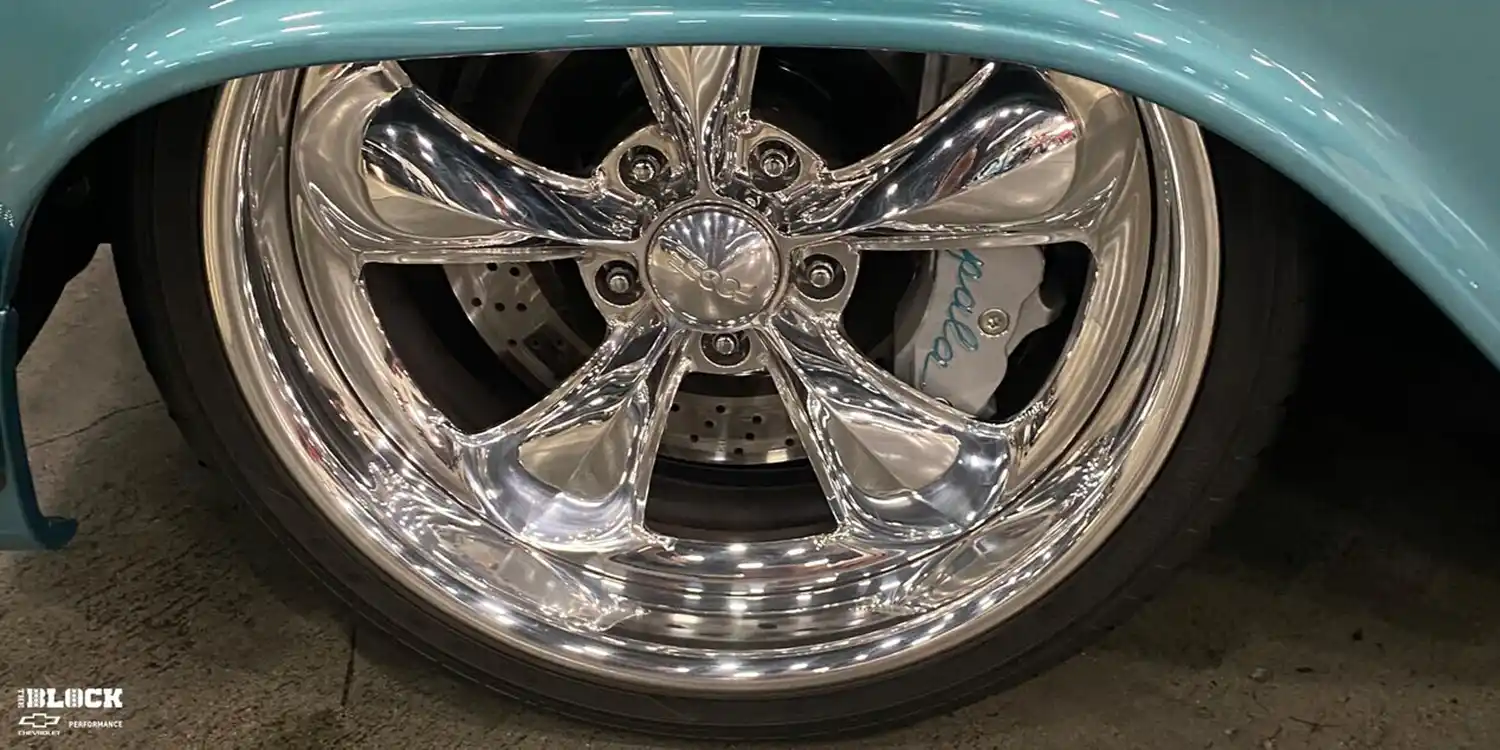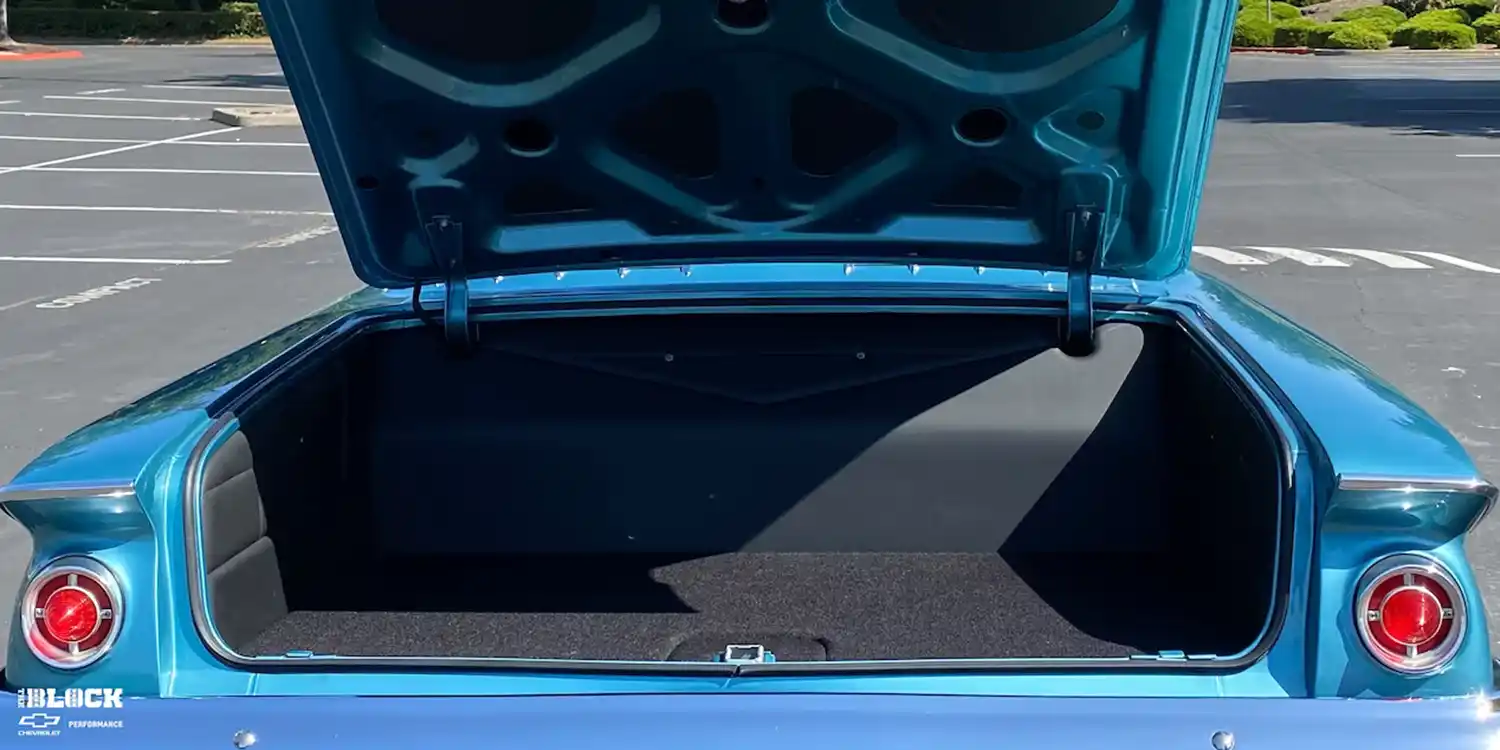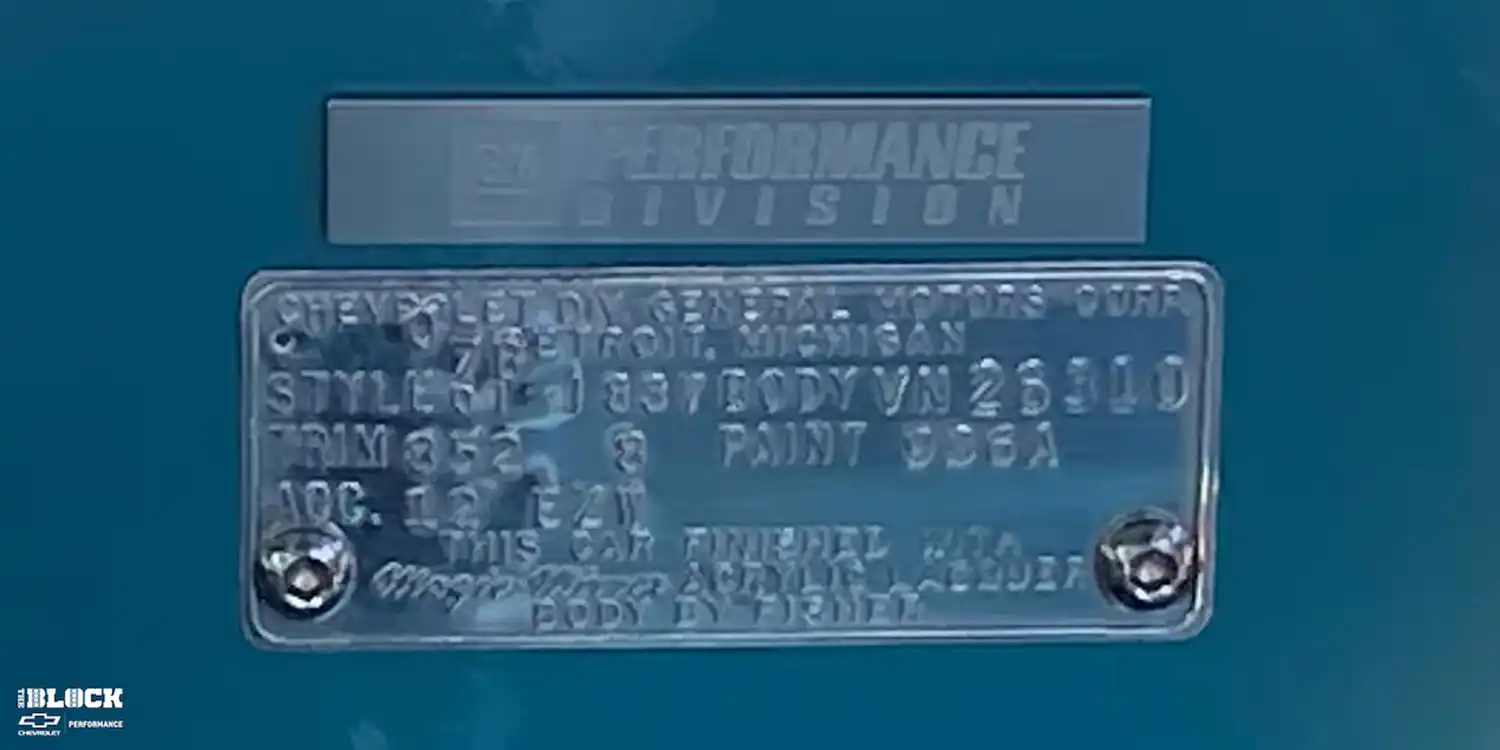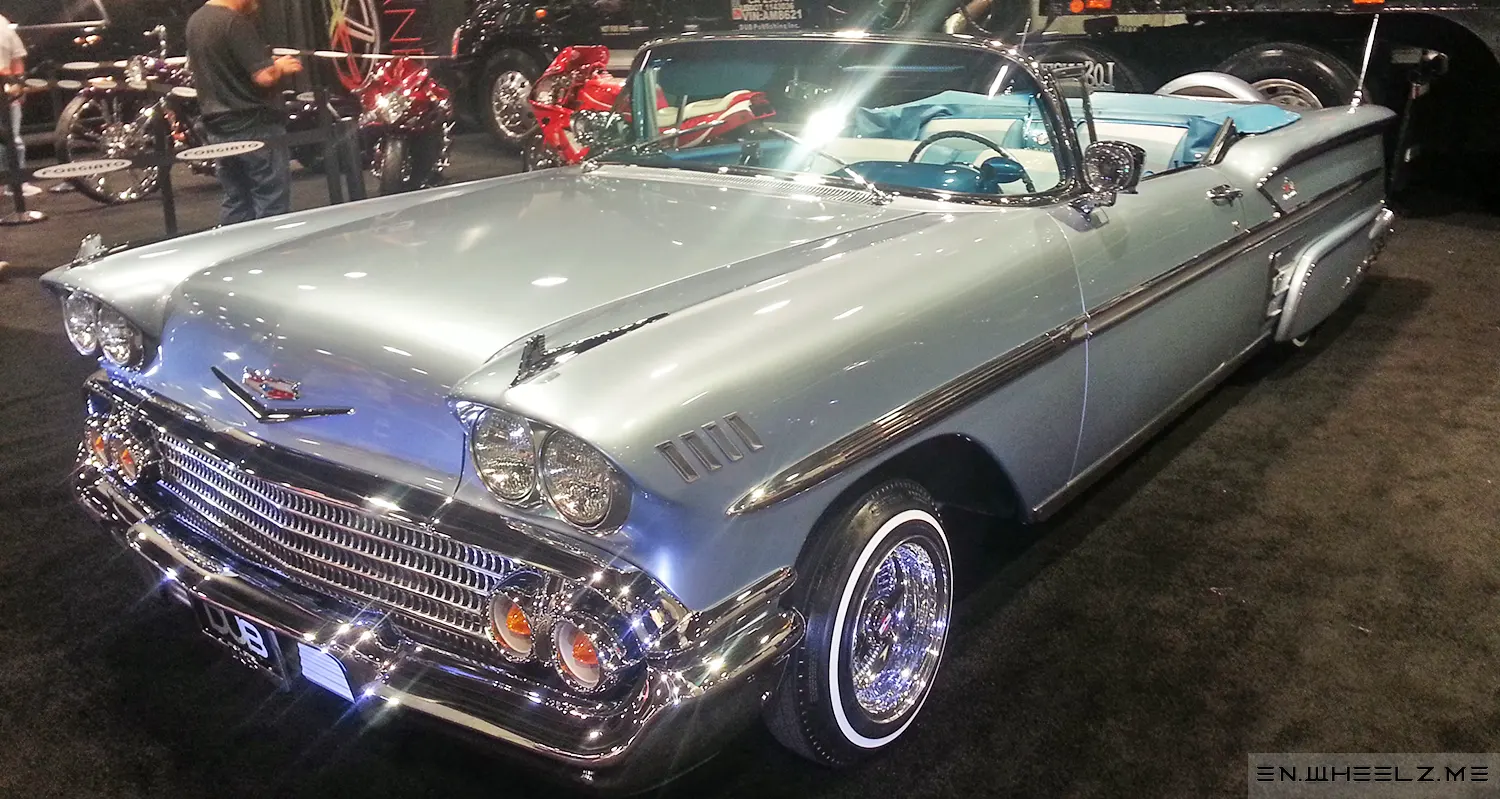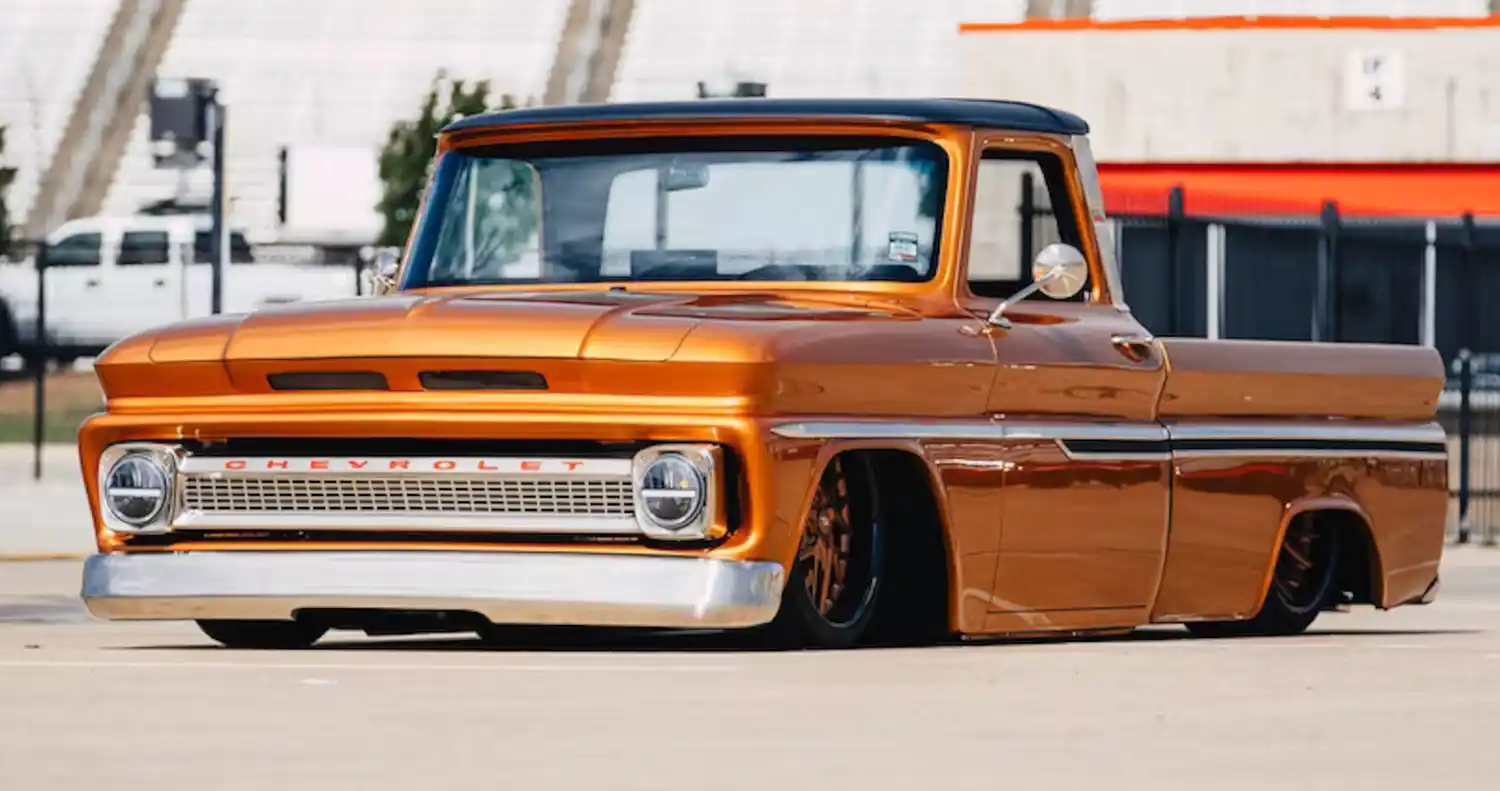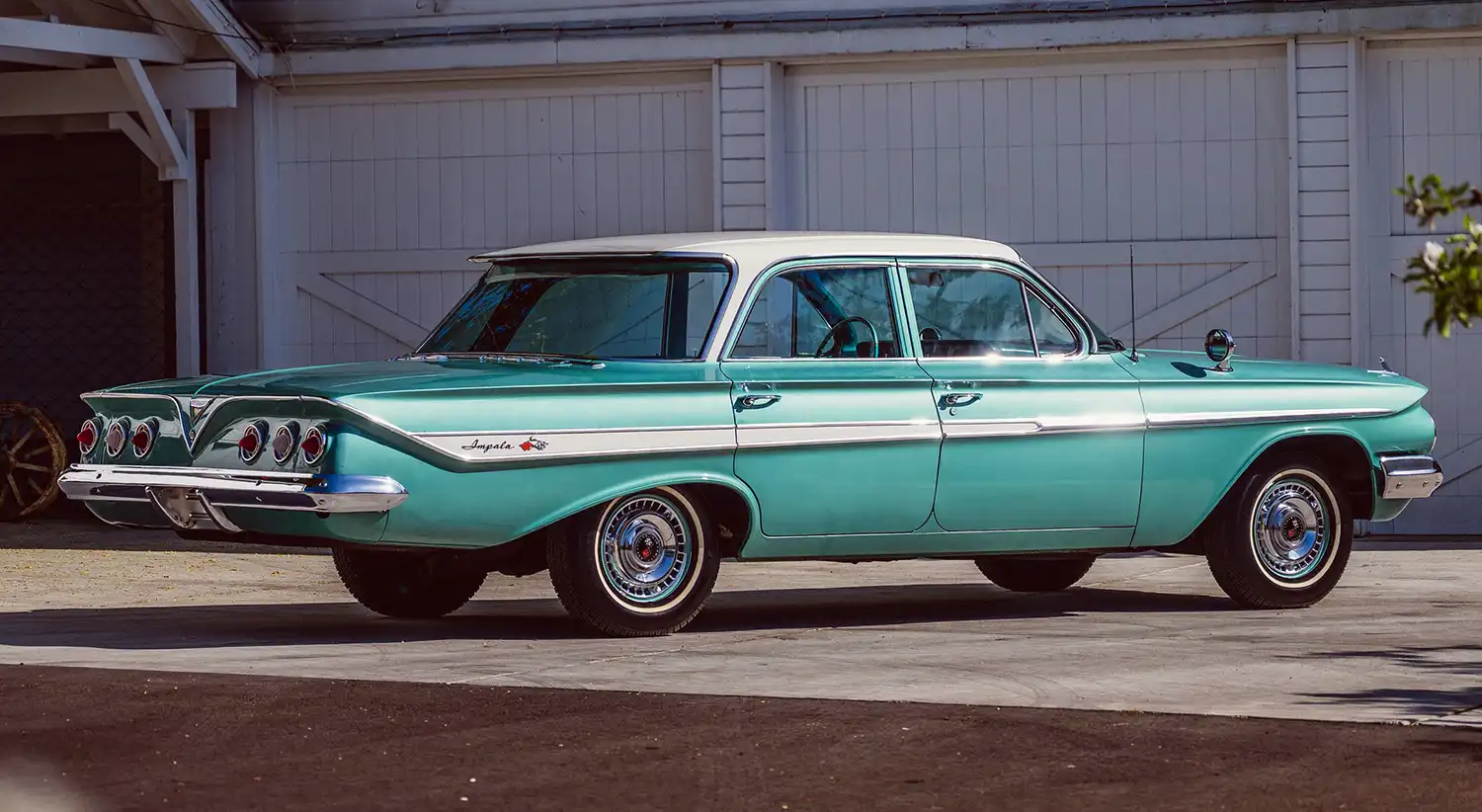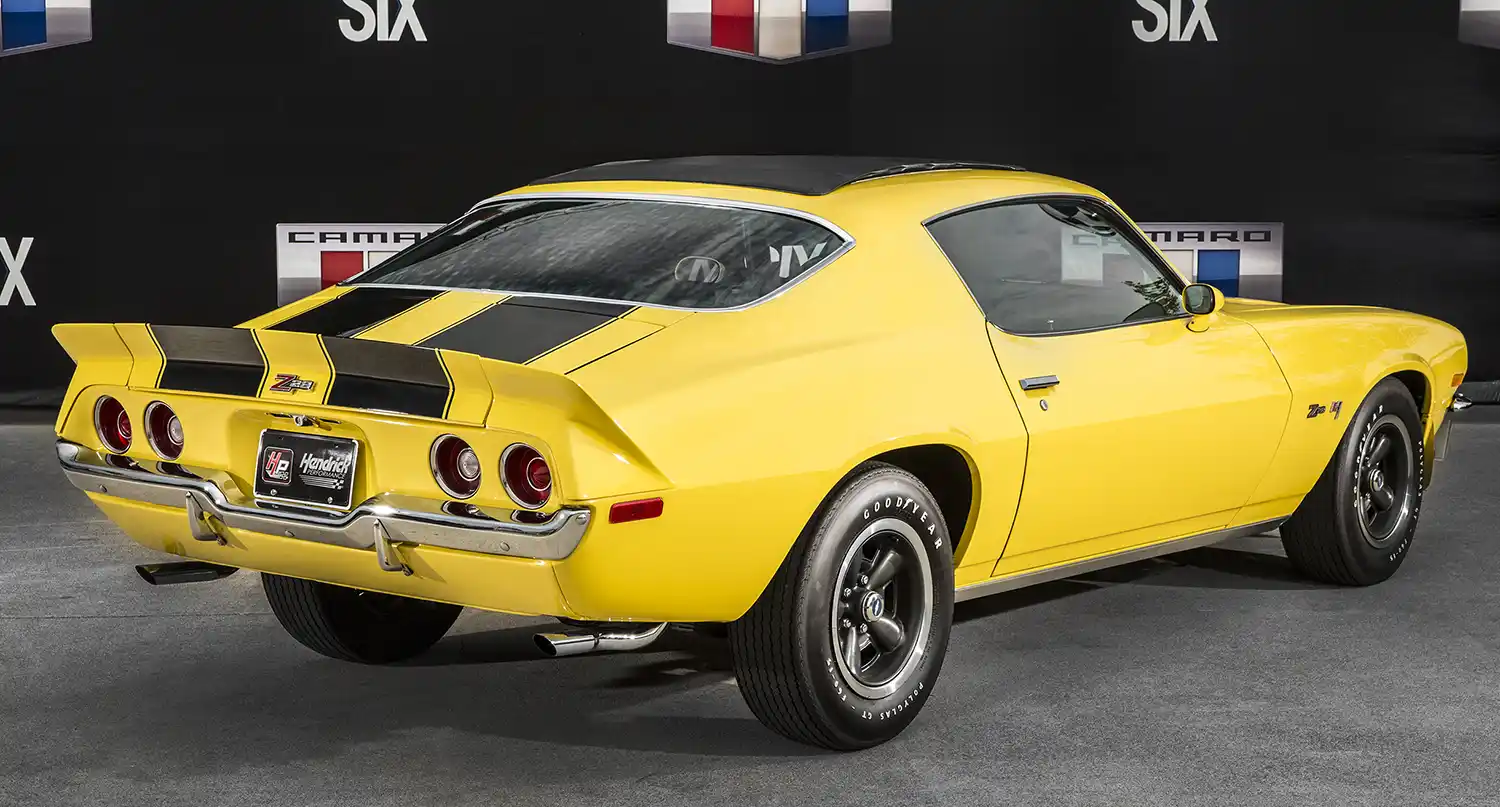
Nostalgia and Modern Muscle
Longtime friends Floyd Amerino and Chad Rowlands, who first connected at a Chevrolet dealership, embarked on a remarkable journey to revive a 1961 Chevrolet Impala. Their shared appreciation for Impalas, fueled by their fathers’ past ownership, inspired them to create something unique, bridging the gap between the Tri-Five Chevys and the muscle car era. This wasn’t just a restoration; it was a thoughtful modernization, blending classic aesthetics with contemporary performance.
From Rough Shell to Rolling Masterpiece
The Impala they acquired was far from pristine. “It was a shell completely torn apart and it was a major project,” Amerino recalls. Despite its dilapidated state, the core elements were present: an original powder-coated frame and a body that had undergone media blasting and primer. This blank canvas provided the foundation for their ambitious vision.

Power and Performance Unleashed: LS3 Power
At the heart of this rejuvenated classic lies a Chevrolet Performance LS3 crate engine, paired with a Chevrolet Performance 4L75-E transmission. This modern powertrain delivers impressive power and enhanced reliability, a significant upgrade from the original setup. The build also incorporates a Currie nine-inch rear end with 3.50 gears and positraction, along with C6 Corvette brakes, ensuring both exhilarating performance and confident stopping power. The Rideteech air-ride suspension further refines the driving experience.
A Vision of Modernized Heritage
The duo’s philosophy was clear: to build the 1961 Impala as General Motors might have envisioned it if LS engines were available in the 1960s. This meant retaining the original chassis while seamlessly integrating modern components. Initially, installing the then-relatively-new LS3 presented challenges, particularly with the oil pan fitment, requiring custom fabrication by Rowlands. However, as the LS3 gained popularity, aftermarket support grew, simplifying similar swaps today.
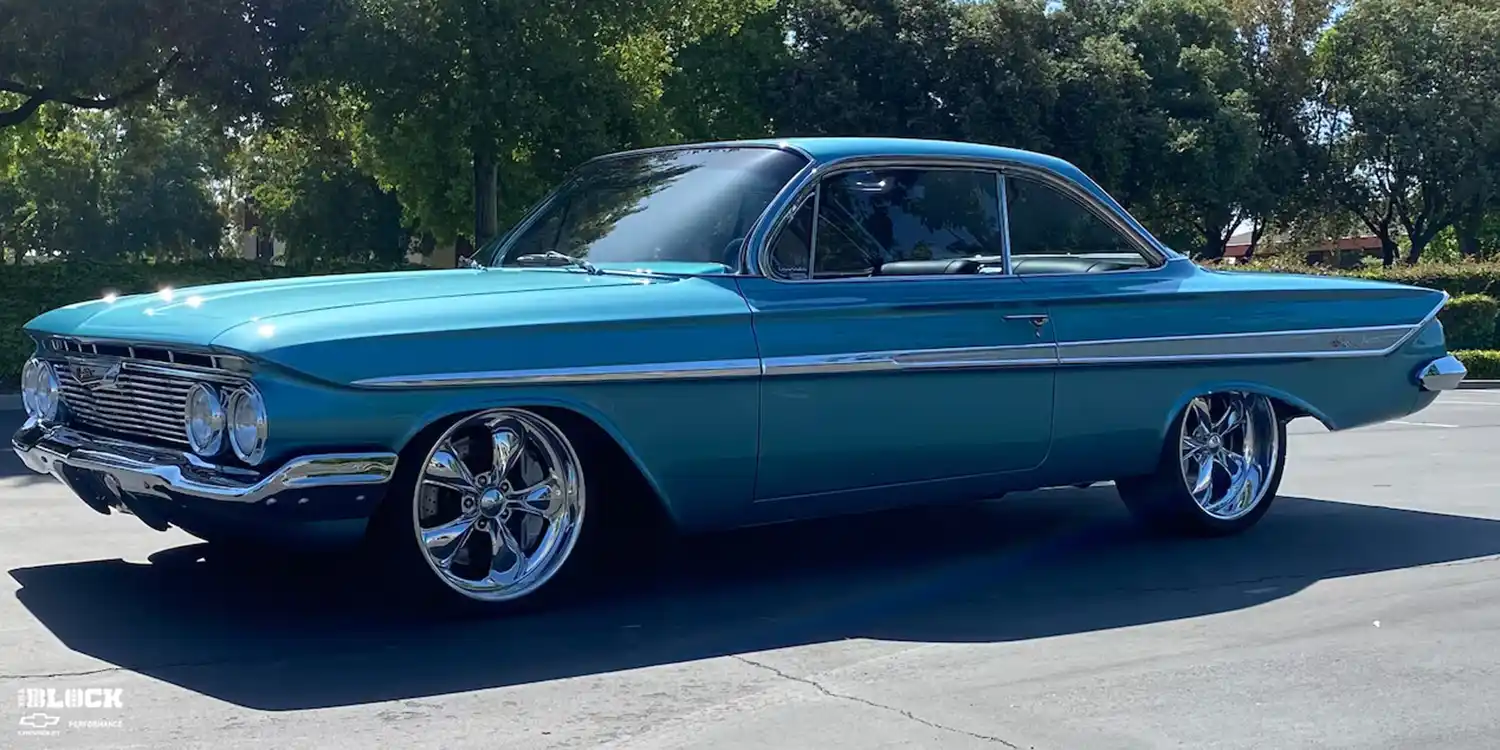
The Journey of a Decade
The Impala project spanned over a decade, a testament to Amerino and Rowlands’ dedication. As Rowlands’ daughter grew from infancy to her teenage years during the build, the project became a constant in their lives. They even took on another project, a 1965 El Camino, while waiting for parts for the Impala, showcasing their enduring passion for automotive craftsmanship.
Built for Reliability and Longevity
A key consideration throughout the build was the long-term availability of parts. “It’s really built GM, so that parts were going to be sourceable,” Rowlands explains. This strategic decision avoids the pitfalls of using rare or discontinued aftermarket components, ensuring easier maintenance and repairs down the line.

A Subtle Touch of Modernity
The Impala’s exterior retains its classic charm, finished in a spin-off of an original color called Twilight Turquoise Metallic. It rides on Foose wheels (19 x 8 inches in the front and 20 x 10 inches in the rear) that fit perfectly without any body modifications, a subtle nod to contemporary styling.
Interior Elegance with Custom Comfort
The interior, masterfully crafted from scratch by Sergio Morelos, aimed to replicate the look of a factory ’61 Impala interior with carefully integrated custom touches. While the original featured a bench seat, this rendition boasts bucket seats reminiscent of the ’62 to ’64 models. Recognizing Amerino’s , the seats were mounted on modified 2006 Impala six-way power tracks for enhanced comfort. Modern conveniences like power windows and Vintage Air were added, while the door panels, backseat, dash, and gauges maintain a largely original aesthetic.
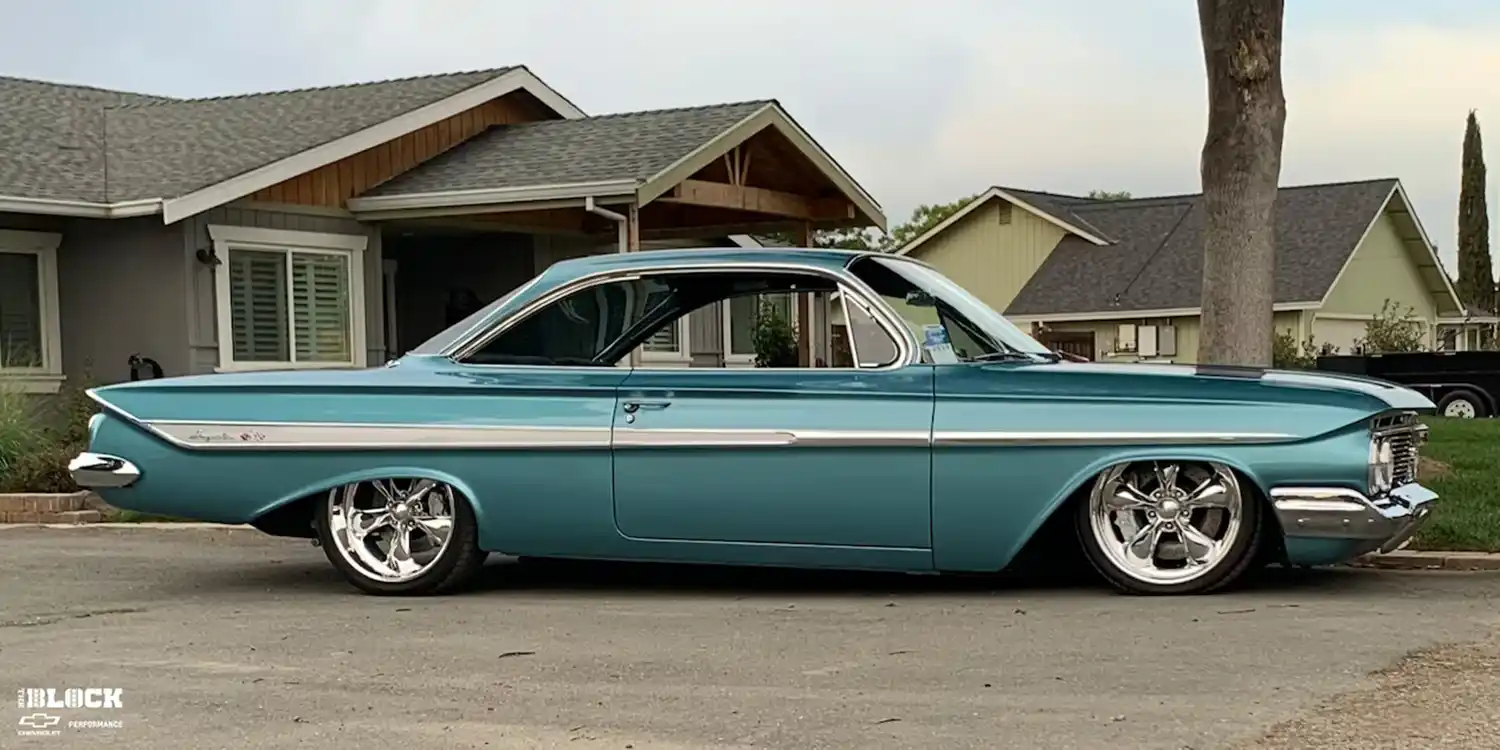
A Bond Forged Through Shared Passion
Amerino and Rowlands’ friendship, which began over 25 years ago at a Chevrolet dealership, has been strengthened by their shared automotive enthusiasm. Their complementary skills – Rowlands’ meticulous craftsmanship and Amerino’s vision – proved invaluable throughout the project.
Patience, Problem-Solving, and Reward
The Impala build was a true “labor of love,” involving major undertakings like a meticulously clean engine bay with concealed wiring, as well as intricate details such as a shortened steering wheel and an electronic parking brake. Sourcing parts often presented challenges, requiring patience and creative problem-solving. “Chad is more of the expert in this field as far as his craftsmanship and skill, he is a mechanic, he’s really good at what he does and he’s meticulous,” Amerino acknowledges. The countless hours of dedication and perseverance ultimately yielded a remarkable and rewarding finished product.
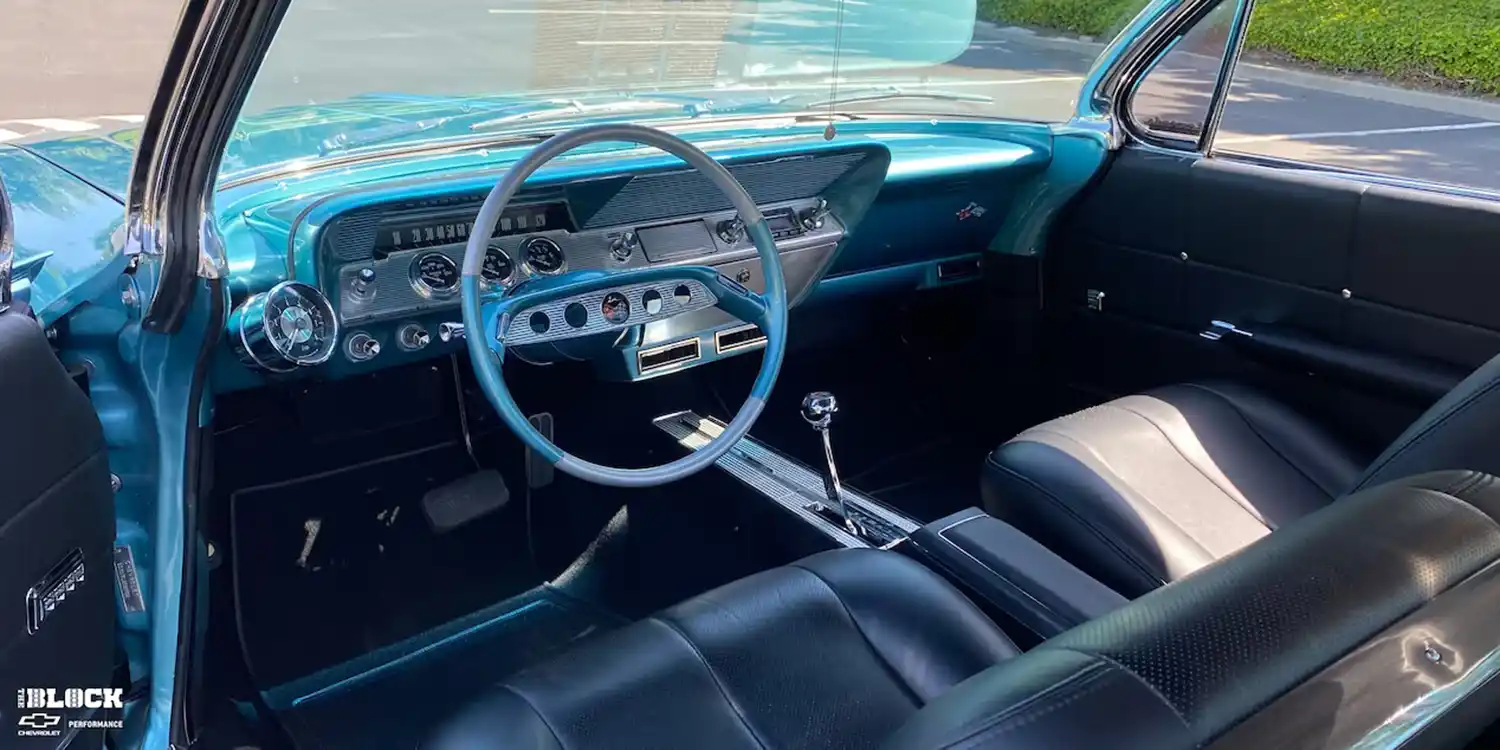
Summary:
- A 1961 Chevrolet Impala was meticulously rebuilt and modernized by longtime friends Floyd Amerino and Chad Rowlands.
- The project involved installing a Chevrolet Performance LS3 crate engine and 4L75-E transmission.
- The build retained the original chassis but incorporated modern upgrades like Rideteech air-ride suspension and C6 Corvette brakes.
- The exterior features a Twilight Turquoise Metallic paint and Foose wheels, while the interior blends classic design with custom comfort features.
- The decade-long project was a testament to the duo’s friendship, patience, and problem-solving skills.
Disclaimer: This vehicle is powered by an engine intended exclusively for use in competition vehicles operated on courses separate from public roads. Installation or use of this engine on a vehicle operated on public roads is likely to violate emissions laws.
Source : Chevrolet / The Block
